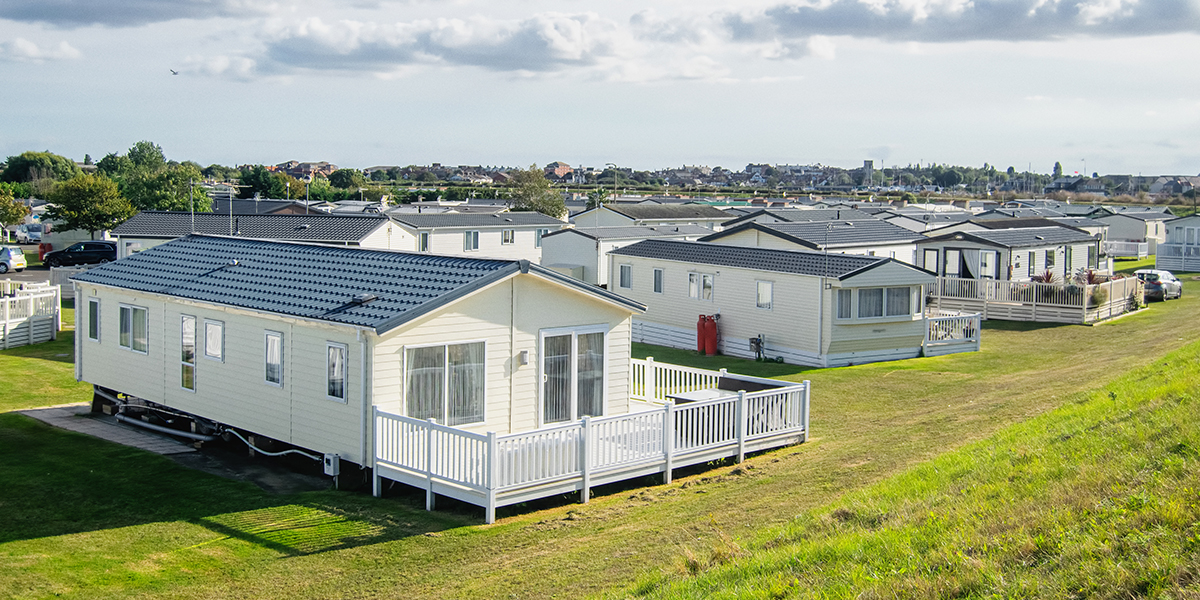 Over the past year, California’s governor has taken unprecedented action, requiring Californians to drastically cut potable urban water use. While the restrictions may seem harsh to some, it actually provides an opportunity for building managers and community association boards to implement an effective long-term water conservation program.
Over the past year, California’s governor has taken unprecedented action, requiring Californians to drastically cut potable urban water use. While the restrictions may seem harsh to some, it actually provides an opportunity for building managers and community association boards to implement an effective long-term water conservation program.
And the result can be significant dollar savings.
Getting Started
Creating a plan to curb water use and save money goes well beyond comparing water bill statements and changing irrigation times. It takes a commitment to conserve water through an effective plan that combines technology, product repairs/upgrades and the human eye.
Before jumping in with both feet, it’s best to fully understand the current water use in your building. To accomplish this, your plan requires accurate data by starting from a water audit to set benchmarks to measure progress.
Through an audit, you’ll learn how much water is being used, when and where it is being used. One of the major objectives is to estimate and reduce unaccounted water use that occurs through leaks, inoperative system controls and water used from unmetered sources.
Also, it’s important to conduct a facility survey to understand how water is being used in the three major areas: cooling tower, irrigation and restrooms. Measuring fixture flow rates, irrigation system usage and cooling tower usage can help you compute total water usage. Then if you find a significant difference between a facility’s total usage and the sum of each area, a major underground leak may exist that is running up your water bill.
Finally, if multiple buildings with similar characteristics (square footage, occupants, etc.) are on a property, an audit will provide statistics to serve as benchmarks when comparing water use. If one building is using a far greater amount of water, it probably has one or more major issues that need immediate attention.
Tips, Checks and Ways To Conserve Water
Restrooms
While many assume that a property’ irrigation system is the main reason water bills are high, the culprit is typically the restroom. Many toilets, urinals and faucets in use today were not designed for water conservation and are the main reason for water (and money) needlessly being flushed down the drain.
Here are some guidelines to conserve water and save money:
• Install low flow fixtures and consider metered valve, self-closing, infrared and ultrasonic sensor fixtures.
• Keep toilets and urinals in good working order by periodically inspecting and replacing valves that malfunction and cause the fixtures to continually run. A stuck valve can leak 200 gallons an hour!
• Adjust flush valve to use less water.
• Train cleaning crews to spot potential problems.
• Post notices to encourage occupants to report problems.
Heating/Cooling
Cooling towers keep us comfortable, but as the largest single water user, its water consumption can make us anything but. Designed to remove heat through a water and evaporation process, the system continually replenishes water as it loses it from bleed-off required to remove chemicals, drift and leaks.
Some guidelines for conserving water are:
• Inspect cooling tower for leaks and malfunctioning valves on a regular basis.
• Install flow meters on make-up and bleed-off lines.
• Read meters regularly and keep a log of make-up and bleed-off quantities.
General Building Management & Quick Fixes
• Leaks and drips of faucets contribute to 10,000 gallons of lost water per month if not repaired.
• Check water pressure on each building. Excessive pressure (more than 80 psi) can increase leaks.
• Inspect your buildings and walk your grounds weekly to identify leaks and potential problem areas.
• Check for wet spots and alligatored paving, which may indicate underground leaks.
• Monitor water line to fountains.
• Inspect all units for leaks quarterly while doing preventive maintenance.
• Keep accurate reports on your inspection to note changes that may indicate a potential problem.
• Educate residents and employees on your conservation plan, what they can do to help and what to do if they spot a problem.
New Technology
Some building engineers routinely read water meters. But if a leak were to occur after the read, after hours or over a weekend, no one would know of the excessive usage spike until the next read, by which time thousands of gallons could be lost.
Water utilities typically read meters monthly. The association treasurer or association manager may not realize there is an unseen leak until a large water bill is received 30 to 60 days later.
New technology can help association boards manage their water conservation efforts through real time viewing of water usage and immediate detection of water spikes related to potential catastrophic leaks.
One such technology features a self-contained, non-intrusive device that monitors water flow in real time. Through the process, data is collected and sent wirelessly to a website portal where the property’s water consumption can be monitored for the entire month, day, or even down to the hour.
Charts provide a quick comparative view of gallons used, if any day or hour had excessive usage and if non-occupied days (weekends/holidays) recorded higher than normal use.
Much like an energy surge that pops a circuit breaker, when water spikes above the preset hourly or daily limit, the device detects the problem and immediately alerts the building engineer. Also, if a building has more than one meter being monitored, such as one for the cooling tower and another for the main line, the engineer can quickly determine which meter spiked in order to isolate the problem area faster for repair.
Through an integrated approach to conserve water, California community associations can realize savings in both water use and money.
Written by David Taylor, senior vice president of WaterSignal.



